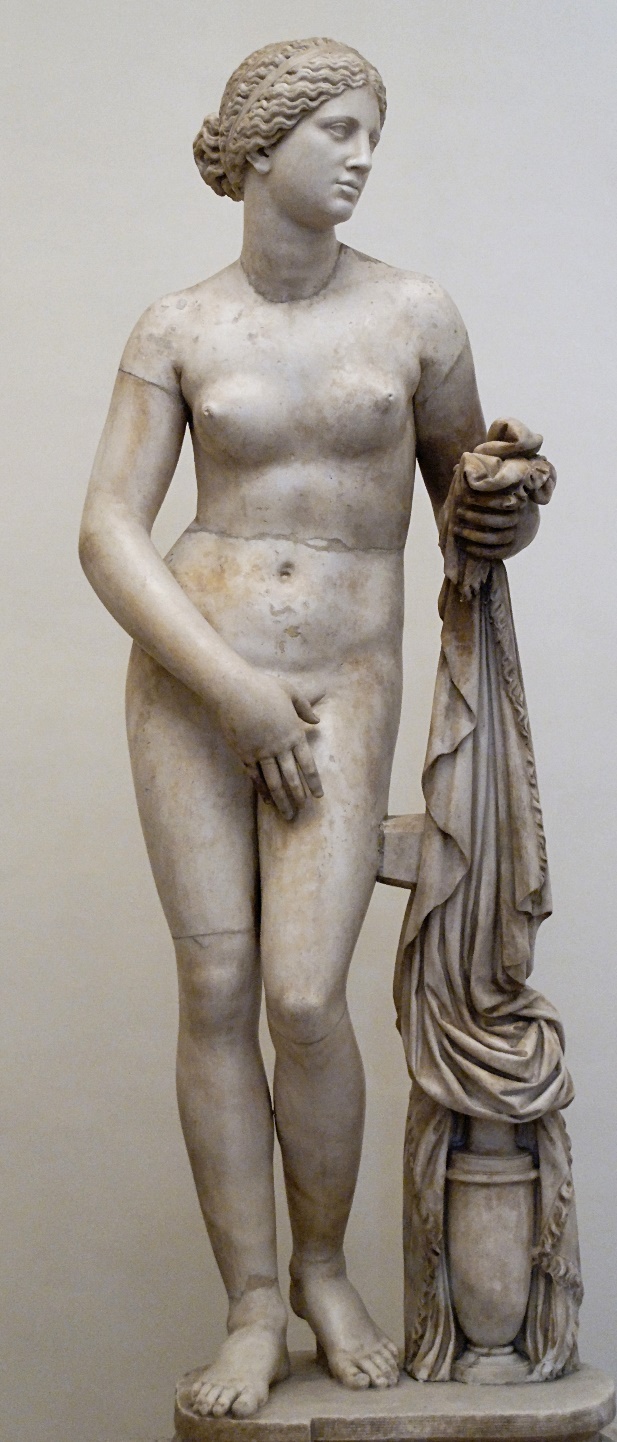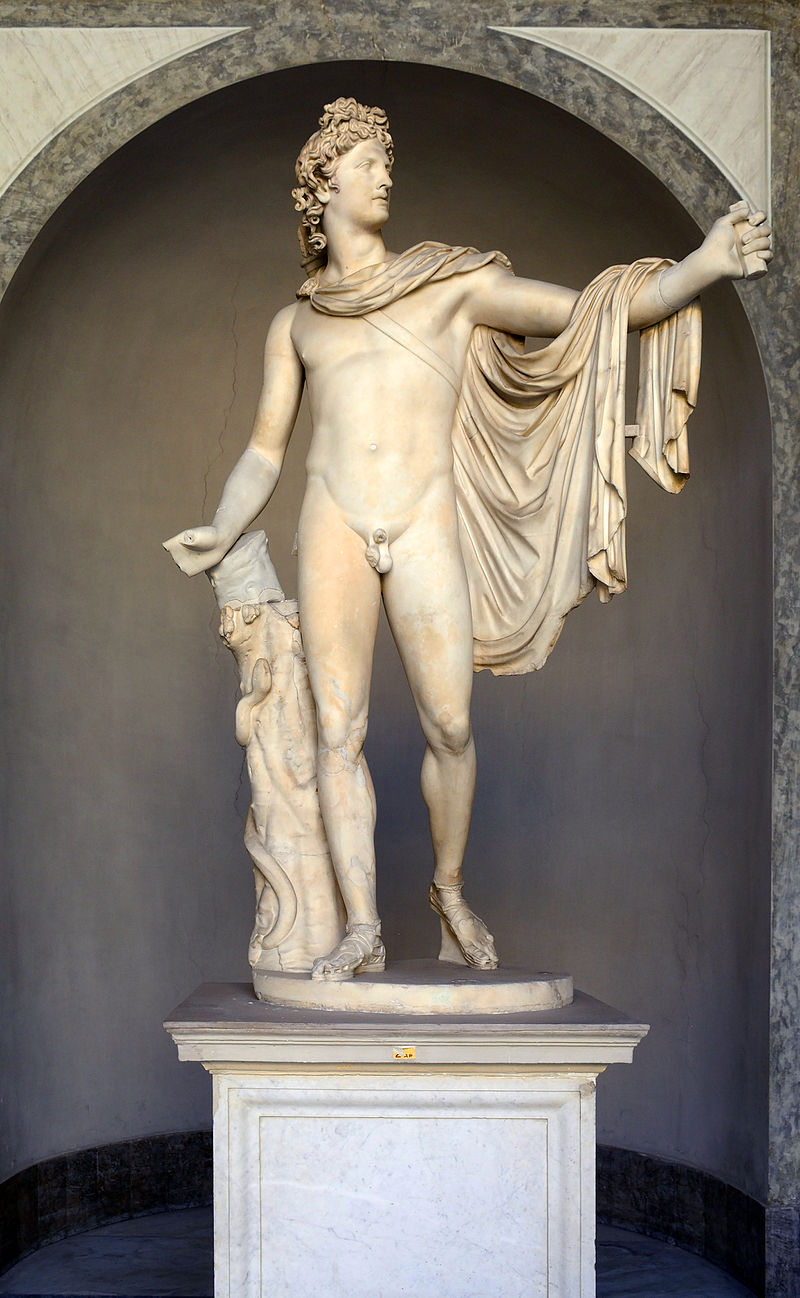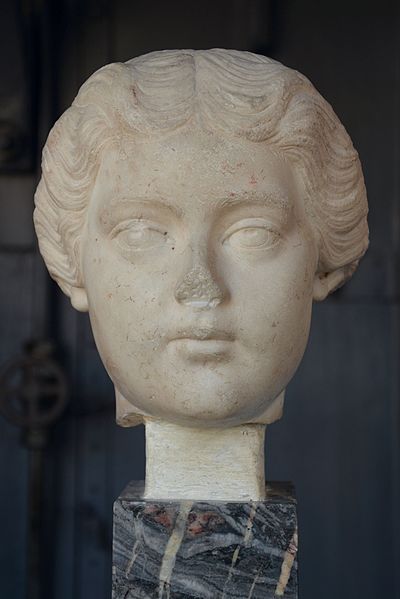Introduction
The late classical period is an important stage in the development of both ancient Greek and ancient Roman art. The traditions of the classical era were revised in the new historical conditions. The awareness of the cultural and ethnic unity of the Hellenes came into decisive conflict with the disunity and fierce struggle of policies between each other. The changed conditions of social life led to a change in the nature of ancient realism (Wang 211).
The contradictions between the imperial ideology and reality intensified during the late classic period in Rome. The style of Roman sculpture is changing: ancient ideas are replaced by new, Christian ones; portraits of women and children are rarely created; sculptors refuse to idealize images, and wariness, suspicion, and tragedy dominate (Barrow 17). The thesis of this work is that the sculpture of the late classical period in ancient Rome and ancient Greece has profound differences while maintaining common features. The purpose of this paper is to establish these differences and highlight the similarities.
Compare and Contrast Analysis
Sculpture of the late classic period acquired a number of new features. It began to reveal new deep human feelings and the inner state of a person. Classical harmony was replaced by a special deep lyricism (Dickenson 111). In addition, in the sculpture of the fourth century BC, more place than before was occupied by genre and everyday motives, pushing religious and civil into the background (Mattusch 84).
Roman sculpture differs from Greek sculpture in a more concrete, documentary nature (Kleiner 70). Its subject was not so much the gods and the divine in man but a specific person with all his positive and negative qualities and physical defects. The Roman sculpture has documented the images of the heroes of real historical events and even ordinary people of Roman society; therefore, it is often called a portrait. Historical relief was a purely Roman sculptural genre; such reliefs captured the major events of Roman history, as well as Roman statesmen on altars, triumphal arches, and columns.
Aphrodite of Knidos and Apollo Belvedere
Beginning in the era of early classical Greek sculpture, reliefs and figures sometimes depicted the female nude, but this was not accepted as a subject for full-size statues until about the middle of the fourth century. Perhaps the first, and the most famous example, was Aphrodite of Knidus, the original was probably made of marble. The original known from copies were of marble, about six feet nine inches high, and was visible only from the front and back. The goddess stands straight and completely naked, with her thighs together and her relaxed left leg slightly twisted. The left-hand drops her clothes onto the jar of water, the head is turned to the left, and the right hand is extended in front of the pudenda.
Unfortunately, the numerous copies are too poor to show the quality of surface detailing that should have given the original much of its sensuous effect. The Knidos Aphrodite established a sculptural canon for a nude Greek woman with a mature figure and a strikingly immature breast. In these details, the sculptor is following the earlier Greek tradition, but there was more variation in posture (Palagia 384). An early example was the semi-nude figure, where the drapery had slipped almost to the groin, allowing for contrast with texture and perhaps more free movement of the legs without violating modern standards of propriety.
Most likely, marbled Apollo Belvedere originally had a bow in his outstretched left hand and a laurel branch in his right. The watcher gets the image of a quiver hanging behind his back, a short chlamys picturesquely falls from his shoulders to his left arm. His hair is combed up, on his face is an expression of the consciousness of his own dignity, his majestic head with a quick movement turned on a slender neck as if indignantly to the left.
In general, both images seem to be quite similar: there is a use of similar material and a detailed study in both sculptures. However, Apollo is depicted in a much more victorious pose, Aphrodite is depicted modestly lowering her eyes. In the statue of Aphrodite, there is a great study of the texture of fabrics and hair, while the sculptor who completed Apollo seems to be more focused on inner emotions. Greater elaboration is also observed in the general image of Aphrodite rather than Apollo. The goddess is depicted as more down-to-earth, while Apollo retains more divine features.
Apoxyomenos and the Portrait of Lucilla from the Capitoline Museum
The original statue of Apoxyomenos was presumably made of bronze. The author shows the dullness of detail, which is seen especially in facial expressions. It may be a mistake of the copy sculptor, but first of all, Apoxyomenos seems to be an exercise in creating a statue that no longer depends on the main positions: front, two sides, and back. This impression is achieved by extending both arms in a direction markedly different from the direction of the torso so that it is not immediately obvious which front view is the main one.
The posture may seem meaningless and far-fetched, but originally Apoxyomenos uses a strigil with his right hand. This is clearly momentary, although balanced posture and the position of the legs are in harmony. In proportion, Apoxyomenos follows the new system attributed to Lysippus, with a smaller head and longer legs, which makes the figure look more elegant.
Women’s portraits of the 3rd century are softer than men’s; they still often feel the traditions of the art of the 2nd century, as evidenced by the marbled portrait of Lucilla from the Capitoline Museum in Rome. However, even in the female portrait, images appear in which the negative qualities of the model are revealed with striking nakedness (Davies 180). The features of the simplification of the language are reflected here in the laconic, without subtle transitions, sculptural modeling, in the interpretation of hair with hard lines, and in the new method of depicting eyebrows with short paired notches. The image continues to look detailed and retains the severity of facial features.
The different approaches of the artists are clearly reflected in these two works. The full-length sculpture of the man, despite its monumentality, focuses on his earthly, reduced nature, reflecting his daily activities. Lucilla also looks casual but strict and sublime. Her image seems much more realistic, although the sculpture of Apoxyomenos is more detailed. The portrait shows the inner feelings and emotions of the heroine, while the Greek sculpture rather emphasizes the pose.
Reflection
Changes in art and sculpture, in particular, were dictated by fundamental social changes. Exhausted by wars and the collapse of the slave system, the Romans delved into deep inner human experiences. Severe social changes directly affected the works of art of this era. Apollo Belvedere retains some of the features of the former Roman tendency towards special grandiosity. However, it is not only his posture that matters most now but his facial expression. The Romans increasingly focused on composing portraits rather than large-scale sculptures. The portrait of Lucilla is also indicative: all the features of her face are as expressive as possible, even her eyebrows. The sculptor uses every opportunity to convey the inner tension and severity of the look.
Greek society is facing increasing social tensions due to polis competition despite efforts to unify. More realism and a focus on human rather than divine nature are also coming into art. It is obvious that around this period, in the minds of the Hellenes, there was a rethinking of the attitude towards the human body. Aphrodite appears to the viewer as a completely earthly woman; nothing in the sculpture indicates her divine principle.
The author is also absorbed in the detail of the image and pays special attention to the stately pose of the woman. Apoxyomenos has nothing to do with the previous heroic-pompous tradition. This is a sculpture that celebrates the perfection of the human body. In general, it can be said that both cultures are moving away from heroic and sublime images. However, Greek sculpture remains focused on details, while Roman sculpture focuses on the tragic human inner world.
Conclusion
At first glance, Greek and Roman sculptures appear similar due to the use of resembling techniques and materials. Both cultures in the late classical period lean towards realism and rethinking of the depiction of the human body. However, Greek sculpture pays more attention to form, posture, and environment. The Roman sculpture is aimed at a detailed transfer of the inner state of a person, and the tendency to pathos scope is replaced by gloomy lyricism.
Images




Works Cited
Barrow, Rosemary. Gender, Identity and the Body in Greek and Roman Sculpture. United Kingdom, Cambridge University Press, 2018.
Davies, Glenys. Gender and Body Language in Roman Art. Austria, Cambridge University Press, 2018.
Dickenson, Christopher P. “Antique statuary and urban identity in Roman Greece.” Urban Space and Urban History in the Roman World. Routledge, 2020. 111-139.
Kleiner, Fred S. Gardner’s Art Through the Ages: The Western Perspective, Volume I. United States, Cengage Learning, 2020.
Mattusch, Carol C. Classical Bronzes: The Art and Craft of Greek and Roman Statuary. United States, Cornell University Press, 2019.
Palagia, Olga. Handbook of Greek Sculpture. Germany, De Gruyter, 2019.
Wang, Keyang. “Comparison of Ancient Greek Art and Ancient Roman Art.” 2021 International Conference on Public Art and Human Development. Atlantis Press, 2022.